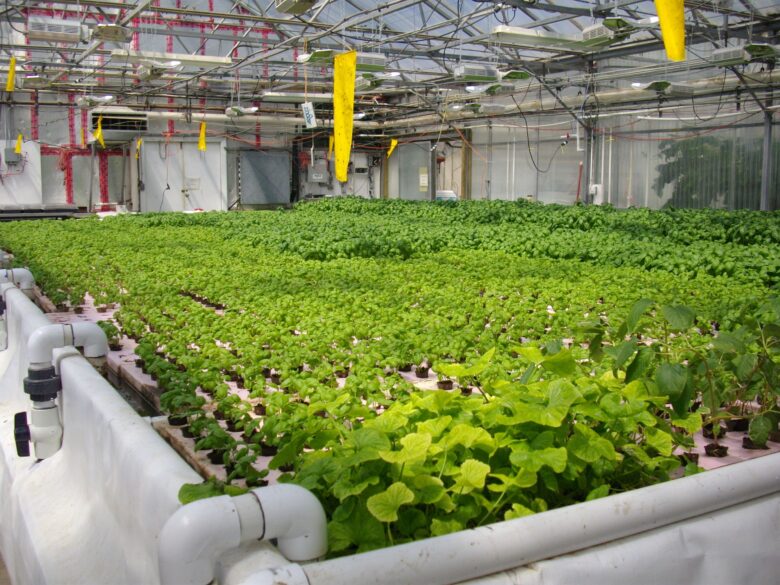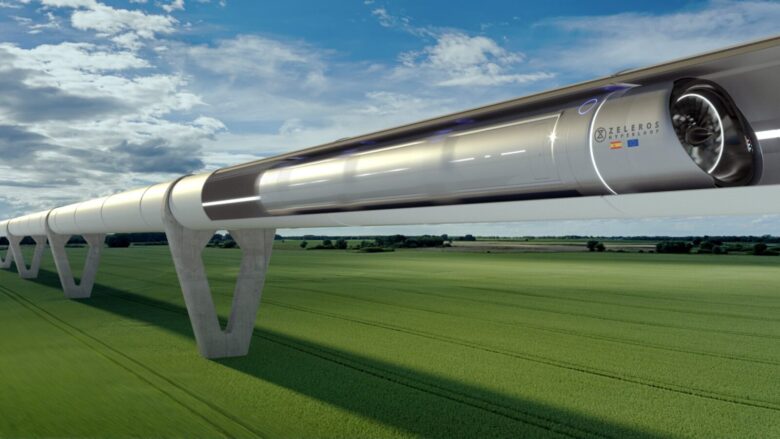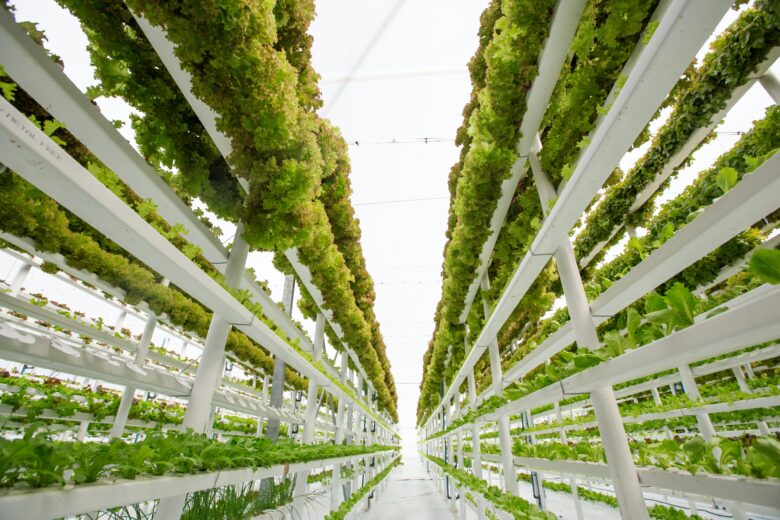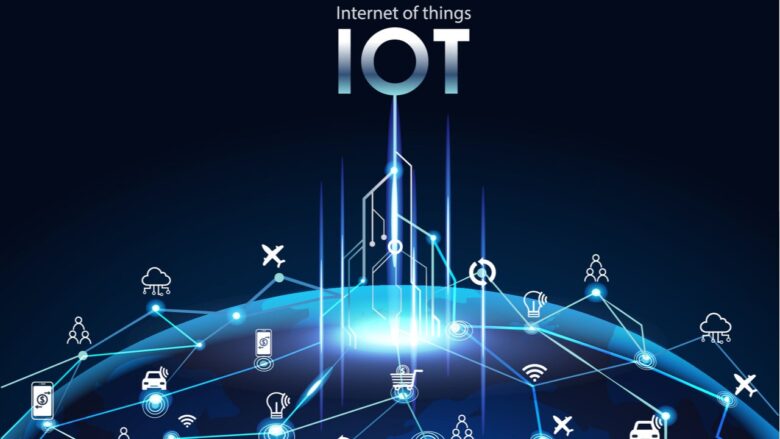Are you looking for creative ways to move toward a more sustainable future? The world needs inventive and innovative solutions to solve global environmental issues, and this article highlights some of the most inspiring inventions bringing us closer to a sustainable environment.
In recent years, sustainability has become a major goal for many businesses and individuals around the world. Sustainable practices have been created to reduce excessive consumption and preserve the planet’s capacity to produce and provide resources in the future. To support this effort, many individuals have come up with inventive ways to approach sustainability issues. If you too have some ground-breaking ideas but don’t quite know how to get them into action, there are a lot of online service providers that can help you do just that, check here to access one of them.
Aquaponics

Aquaponics is an innovative approach to creating a fully sustainable food production system. In this method of sustainable agriculture, aquatic animals such as fish, crawfish, and mussels are raised together with vegetables to form a closed-loop ecosystem. The aquatic animals produce nitrogen-rich waste that serves as an organic fertilizer for the plants that filter water for the fish.
Aquaponics systems can be operated on almost any scale, from home-based systems that take up only a few square feet of space to large-scale commercial operations that take up thousands of acres throughout the world. Aquaponic systems are often used in areas where land or soil resources may be limited because they do not require natural soil in order to grow food.
Due to their efficient use of resources and minimal waste output, aquaponic systems are becoming increasingly popular among innovative farmers and gardeners looking for an all-natural way of producing healthy food at home or commercially.
Hyperloop Technology

Hyperloop technology is an innovative type of transportation that is designed to help reduce congestion and to provide a more sustainable means of travel. The technology involves the use of low-pressure tubes in which electric pods are propelled at high speeds using air pressure, magnetic levitation, and electric propulsion. The Hyperloop system is being proposed as an alternative to current methods of transportation such as cars, buses, and trains, providing faster and more energy-efficient forms of transport with the goal of reducing environmental impact.
The system consists of several key components including:
- A vacuum tunnel
- Air compressors
- Vacuum pumps
- Passenger capsules or pods
- Magnetic levitation systems
- On-pod motors
- Guidance systems
The use of air pressure in the tunnel allows the pods to move without friction resulting in lower energy consumption. Additionally, it provides a smoother ride for passengers who can experience speeds up to 700 mph (1120 km/h). As well as being environmentally friendly due to its low carbon footprint and noise pollution reduction capabilities compared to other vehicles, Hyperloop technology could also potentially create jobs due to its deployments such as construction activities and maintenance services.
Smart Homes

The adoption of smart technologies has significantly increased over recent years, making it easier to take full advantage of the “internet of things.” Smart home automation is a growing trend that links various devices in the home using internet connectivity. This enables users to control connected devices from any location, via a web-enabled device.
Smart homes encompass many different technology categories such as lighting, climate control, and overall energy management systems. When integrated properly, these elements can reduce energy costs while delivering user convenience and enhancing safety in the home. This can be done through light-level sensors that automatically turn off lights when not in use or automated window shades that open or close based on temperature and/or occupancy levels.
Vertical Farming

Vertical farming involves the vertical stacking of beds filled with soil or a growing medium to cultivate crops in a controlled environment. It has become an increasingly popular technique adapted by plant breeders and gardeners all over the world.
It produces greater crop yields with fewer resources, including water, fertilizer, and pesticides, while also preserving or even improving soil quality. This creative solution can create sustainable local food production, meaning people are provided access to higher-quality food that is grown close by and healthier for their families.
Vertical farming eliminates the need for large amounts of space to traditionally grow crops, allowing growers to maximize the available vertical space in commercial buildings or residencies. It also offers the benefit of avoiding extreme weather conditions that may have an impact on outdoor farms.
Internet of Things (IoT)

The Internet of Things (IoT) is an interconnected network of physical objects that can collect and transfer data over a wireless network. It leverages the power of new technologies like artificial intelligence (AI), machine learning, cloud computing, and the internet to create intelligent networks of connected objects. The IoT consists of multiple interconnected devices and systems which interact with their environment and enable greater efficiency, productivity, and safety.
IoT has already revolutionized many industries with its potential to gather data from a variety of sources such as buildings, machines, vehicles, and people in real-time. This data can be used to develop more efficient processes that reduce waste, increase productivity, encourage sustainable practices, and reduce risk factors for businesses. IoT also promises smarter cities with improved infrastructure, better-connected homes for improved energy efficiency, factories with robotic automation capabilities, and even hospitals equipped with smart medical devices that monitor patient health data remotely.
Sustainable Textiles
More and more companies are looking for ways to produce sustainable fabrics and materials. Working with ethically sourced, sustainable fabrics can help reduce overall emissions, increase ethical standards, and provide a higher-quality product. Trends in the textile industry today point to the use of recycled materials, such as beach and water bottle plastics, as well as regenerated sea-based fabrics made from fishing nets or off-cut material.
The most common type of sustainable fabric is organic cotton, which uses significantly fewer resources than traditional cotton production and does not require synthetic fertilizers and pesticides. Hemp is also a popular choice for sustainable fashion due to its fast growth rate; it requires fewer pesticides than cotton production methods.
Conclusion
To conclude, innovation and invention play a major role in the creation of a sustainable future. By using materials that are both renewable and more efficient than traditional materials, inventors are taking the lead in creating solutions to environmental problems. In addition, they are finding ways to reuse existing items or products to create new and more efficient ones, leading the charge into a greener world.

